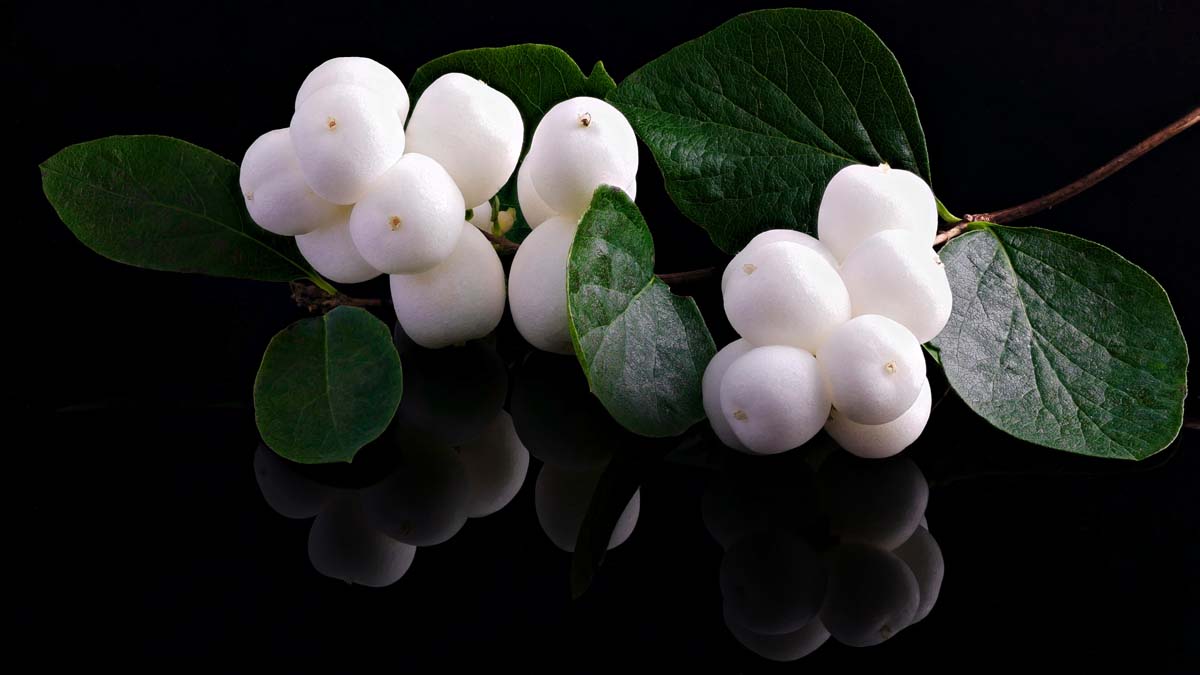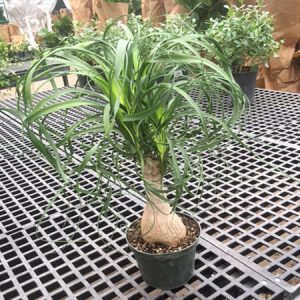Description
Symphoricarpos – Snowberry – Coralberry –
There are about 17 deciduous shrubs, allied to Lonicera (honeysuckle), in this genus. They are found naturally occurring in woodlands and thickets and on prairies and plains in North and Central America with one that derives from Western China. They are grown for their spherical or ovoid, fleshy, white to pink, or dark blue or purple fruits, which last well into winter which stand out clearly in winter when the branches are bare. And for their tiny, bell or funnel shaped nectar rich, white to pink flowers, which attract bees. The spring borne flowers are borne singly or in terminal or axillary clusters, spikes, or dense racemes. The leaves are opposite, and are elliptical to nearly rounded sometime with a slightly glaucous coloration and downy undersides. They are very hardy, and tolerant of poor soil, pollution, and exposed sites. Good for a shrub border, screen, or informal hedge. Use S. x chenaultii ‘Hancock’ as a ground cover. Fruits may cause mild stomach upset if ingested, contact with them may irritate skin. Easily grown in any fertile, reasonably well drained soil in full sun or shade.
Prone to anthracnose and powdery mildew.
S. albus var. laevigatus – S. rivularis – This thicket forming shrub from Western North America grows 6′ feet tall and wide. From upright arching shoots it carries oval-oblong, rarely lobed, dark green leaves, to 2″ long. Tiny, bell shaped white or pink flowers are borne in pairs on spike-like racemes in summer, followed by a heavy crop of spherical, pure white fruit, ½” across.
Zones 3-7





